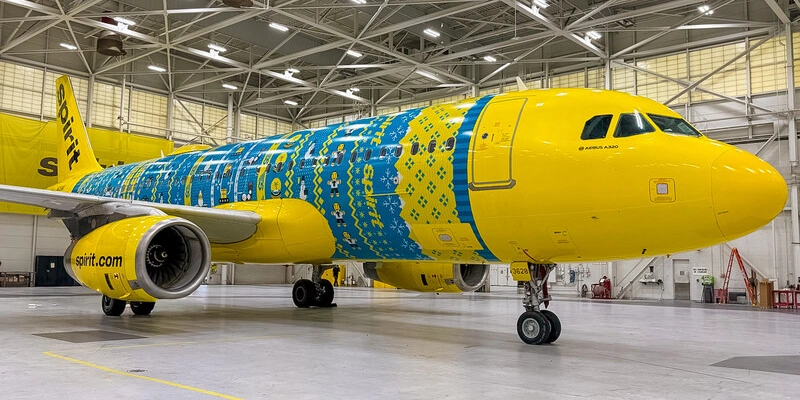LATAM Airlines has taken a firm step in its commitment to sustainability by implementing the European-developed Aircraft Performance Monitoring (APM) software across its fleet of over 340 aircraft. Developed by Storkjet, this monitoring system reduces fuel consumption by an average of 7 kg per flight, equivalent to 22 kg less CO₂ per operation. Annually, this translates to estimated savings of US$2.5 million and a reduction of nearly 7,900 tons of pollutant emissions.
The tool complements the group’s Fuel Efficiency program, an initiative that, since 2010, has prevented the emission of over 5.6 million tons of CO₂ and increased the company’s operational efficiency by 6.5%.
How the APM System Works
The APM compares each aircraft’s current performance with its original factory specifications. This function allows adjustments to both flight planning and execution to reflect the actual condition of the aircraft. Over time, aircraft lose efficiency; this software compensates for these variations with precise data, ensuring operational decisions are based on updated information rather than theoretical estimates.
Efficiency Based on the Aircraft’s Actual Condition
Unlike the onboard computer, which operates under standard assumptions, the APM incorporates variables specific to each aircraft’s condition. This results in more precise and efficient routes, reduced fuel consumption, and consequently, lower emissions. According to LATAM, this type of analysis also helps identify key maintenance tasks—such as engine or fuselage washing and control surface adjustments—that directly impact aerodynamic performance.
→ LATAM Launches Two New Routes Between Brazil and Argentina
Smart Adjustments for Descent: The Role of Idle Factor
One of the software’s standout features is the Idle Factor, exclusive to the Airbus fleet. This tool optimizes the descent initiation point by comparing the aircraft’s current thrust with its factory values. The result: a smoother descent phase, with less drag and minimal engine use. This precision significantly contributes to the efficiency of each flight.
Technology with Tangible Impact
The implementation of APM not only optimizes operational performance but also generates new data, enabling the identification of additional efficiency opportunities. This proactive approach to technology is key to advancing toward aviation with a lower environmental impact.
Stephano Gachet, LATAM Group’s Fuel Procurement and Supply Manager and leader of the Fuel Efficiency program, summarizes it this way: “We know sustainability is built through daily operations, with concrete actions. The integration of this software demonstrates how technology and innovation can help us become more efficient in every flight, optimizing resources and reducing our greenhouse gas emissions.”
A Commitment That Goes Beyond Words
Since the launch of Fuel Efficiency in 2010, LATAM has avoided the consumption of over 2 million barrels of fuel annually. The 5.6 million tons of CO₂ not emitted equate to the total annual emissions of its operations in Ecuador, Colombia, and Chile—or nearly 50% of the group’s total direct emissions (Scope 1) during the same period.
With the full integration of APM, LATAM reaffirms its commitment to cleaner, more efficient operations aligned with the environmental challenges of today’s aviation industry.
Related Topics
American Airlines Launches Seasonal Route Between Chicago and Querétaro for Year-End High Season
American Airlines Debuts Airbus A321XLR on Transcontinental Route Between New York and Los Angeles
Delta Expands Delta One Check-In Spaces Across All Its U.S. Hubs
Spirit Airlines Celebrates Holiday Season with Special Livery

Un apasionado por la aviación, Fundador y CEO de Aviación al Día.




